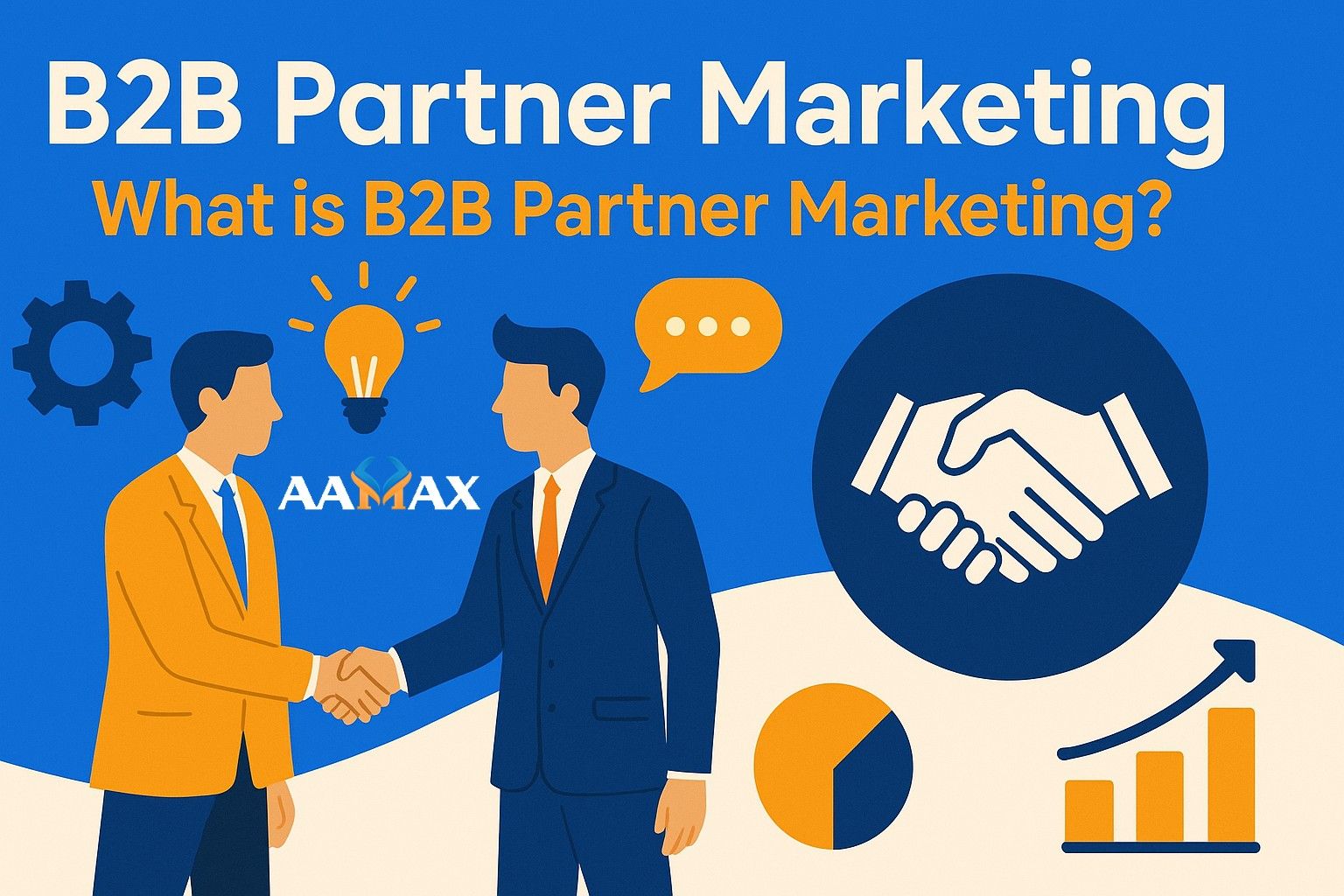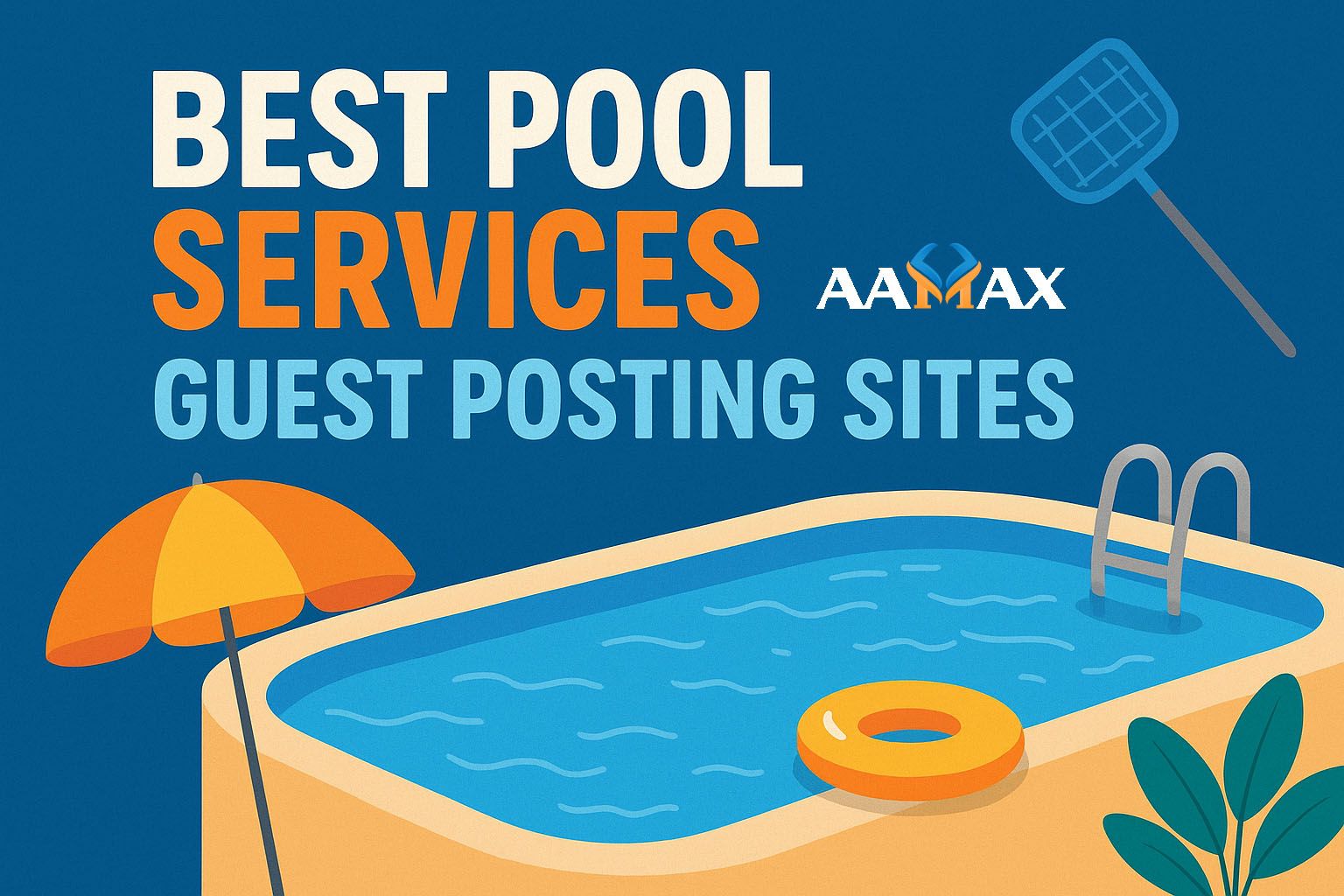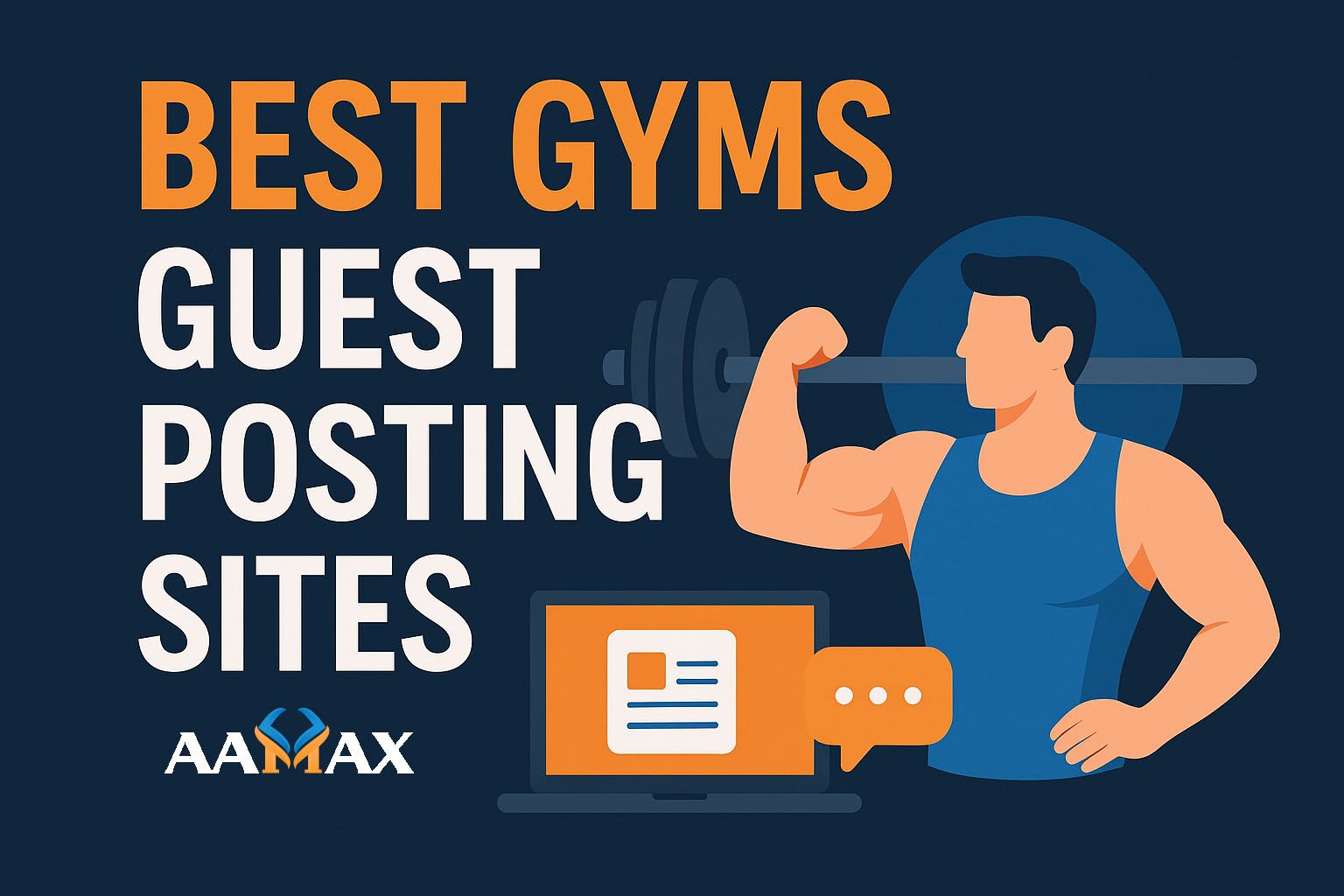
B2B Partner Marketing: What is B2B Partner Marketing
In today’s competitive digital economy, B2B (business-to-business) companies are seeking smarter, more collaborative ways to grow. One of the most effective growth engines is B2B Partner Marketing—a strategic approach where two or more businesses join forces to create value, reach broader markets, and increase revenues together.
This in-depth guide explores the world of digital marketing agency, its types, benefits, real-world applications, and how your business can get started. If you're aiming to expand your brand's reach, amplify marketing efforts, and generate quality leads—this is your roadmap.
Looking for expert help with B2B marketing strategies? AAMAX—a full-service digital marketing company specializing in Web Development, Digital Marketing, and SEO Services.
What is B2B Partner Marketing?
B2B Partner Marketing is a collaborative marketing strategy where two or more businesses form a partnership to promote each other’s products or services. Instead of going solo, companies team up with complementary businesses to co-market campaigns, content, events, or offers—helping both parties gain visibility, leads, and trust in the market.
Unlike B2C marketing, which focuses on individual consumers, B2B Partner Marketing targets organizations and decision-makers. It's less about broad awareness and more about trust-driven, relationship-based marketing that leverages the reputations, audiences, and resources of each partner.
Why Partner Marketing is Crucial in B2B
The B2B buying cycle is often long, involving multiple decision-makers and significant investment. Partnering with another company offers several strategic advantages:
- Wider Reach: Tap into your partner’s customer base and audience.
- Shared Resources: Split the cost and effort of marketing campaigns.
- Increased Credibility: Association with a trusted partner enhances your brand image.
- Accelerated Growth: Joint promotions can drive leads more quickly than going solo.
Businesses that embrace B2B partnerships often outperform their competitors in customer acquisition and revenue growth.
Types of B2B Partner Marketing
Understanding the various types of B2B partnerships helps in identifying which model best suits your business goals.
1. Co-Marketing Partnerships
This is the most common form of B2B partner marketing. Two companies collaborate on a shared campaign—webinars, ebooks, social media promotions, podcasts, etc.—and promote the content to both of their audiences.
Example: A CRM software company and an email marketing platform co-host a webinar on "Maximizing Email Campaign ROI."
2. Referral Partnerships
Referral partnerships are based on mutual benefit. One company refers clients to the other in exchange for a commission or service exchange.
Example: A web design agency refers its clients to a content writing firm and receives a referral fee for each conversion.
3. Reseller or Channel Partnerships
Here, one business sells another company’s product under its brand or alongside its own offerings. This is common in SaaS and IT industries.
Example: A managed IT services provider resells cybersecurity software as part of its service package.
4. Strategic Alliances
This long-term partnership involves aligning business goals for mutual gain. It might include joint ventures, shared product development, or integrated services.
Example: A payment gateway and an e-commerce platform integrate services and co-market to online merchants.
5. Technology Integrations
Often seen in the tech sector, companies integrate their tools or platforms to offer a seamless solution to customers.
Example: A project management tool integrates with a time-tracking app, and both companies co-promote the integration to their users.
Benefits of B2B Partner Marketing
1. Cost-Effective Growth
Partner marketing allows companies to stretch their marketing budgets. By splitting campaign costs, businesses get more exposure with less expenditure.
2. Enhanced Brand Trust
When you partner with a respected brand, their credibility rubs off on you. Prospects are more likely to trust your business if it’s recommended by a partner they already know.
3. Access to New Audiences
Each partner brings their audience to the table. This helps in reaching new prospects who may not have discovered your brand otherwise.
4. Improved Content & Innovation
Two brains (or teams) are better than one. Co-created content often results in higher-quality output and more innovative ideas.
5. Boosted Lead Generation
Because you’re leveraging another company’s network and reputation, leads generated through partner marketing tend to be warmer and higher quality.
How to Build a Successful B2B Partner Marketing Program
Here’s a step-by-step approach to launching a results-driven partner marketing initiative:
1. Identify the Right Partners
Look for companies that:
- Complement your offerings
- Target a similar customer base
- Share your business values
- Have a comparable or larger audience
Avoid competitors—your ideal partners are those who can enhance your value proposition.
2. Align Goals and Expectations
Discuss what each party wants to achieve. Common goals include lead generation, increased sales, expanded reach, or improved brand positioning.
Set KPIs such as:
- Number of leads generated
- Conversion rate
- Traffic increase
- ROI on campaigns
3. Define Roles and Responsibilities
Clarify:
- Who will create the content?
- Who manages the promotion?
- How will leads be shared and followed up?
- What’s the approval process?
This avoids confusion and ensures a smooth collaboration.
4. Create Joint Marketing Materials
Based on the campaign type, co-create content such as:
- Landing pages
- Social media graphics
- Email sequences
- Case studies
- Blog posts
- Webinars
Ensure the content reflects both brands equally and adheres to each brand's guidelines.
5. Promote Across Channels
Leverage both companies’ channels:
- Social media
- Email marketing
- Partner websites
- Sales teams
- Paid ads
This cross-promotion amplifies your campaign’s reach and impact.
6. Track and Analyze Performance
Use tracking tools like UTM parameters, CRM reports, and analytics dashboards to monitor:
- Campaign traffic
- Lead quality
- Conversion rates
- Partner engagement
Share reports with partners and analyze what worked and what can be improved.
Real-World Examples of B2B Partner Marketing
Microsoft + SAP
Microsoft and SAP formed a strategic alliance, co-developing solutions for enterprise customers using Azure and SAP’s software. The result? Faster cloud adoption and increased visibility for both brands.
HubSpot + LinkedIn
HubSpot and LinkedIn partnered to help marketers target the right audiences using HubSpot's CRM and LinkedIn's powerful ad tools. This benefited both companies by expanding their user base and offering more value to shared customers.
Slack + Google Drive
Slack integrated Google Drive into its platform, allowing users to share, preview, and collaborate on documents seamlessly. Both companies gained through joint marketing and enhanced user engagement.
Common Challenges in B2B Partner Marketing (and How to Overcome Them)
1. Misaligned Goals
If partners don’t share the same objectives, collaboration will suffer. Solution: Discuss expectations early and align KPIs.
2. Unequal Contribution
Sometimes one partner puts in more effort. Solution: Clearly define responsibilities and maintain transparency throughout the project.
3. Poor Communication
Lack of regular updates can derail a campaign. Solution: Set up shared communication channels like Slack, Trello, or Asana for real-time collaboration.
4. Brand Conflicts
Brand mismatches can confuse audiences. Solution: Choose partners whose brand values and tone align with yours.
Best Practices for Long-Term Partner Marketing Success
- Nurture Relationships: Treat partners like clients. Stay in touch and explore future collaborations.
- Create a Partner Onboarding Kit: Include brand assets, messaging guidelines, campaign ideas, and tools.
- Use a Partner Portal: Offer a centralized hub for resources, tracking, and communication.
- Celebrate Successes: Share wins publicly—case studies, testimonials, press releases—to boost morale and visibility.
Final Thoughts
B2B Partner Marketing isn’t just a trend—it’s a smart, strategic approach to growth. By aligning with the right partners, you can unlock new markets, create valuable content, and build stronger brand trust. Whether you're a startup or an enterprise, partnership marketing offers a scalable, sustainable way to reach your goals.
If you're ready to launch or enhance your B2B marketing partnerships, hire AAMAX. As a full-service digital marketing agency, AAMAX offers expert guidance in partner marketing, SEO, web development, and performance-driven digital strategies.
Frequently Asked Questions (FAQs)
What is the difference between B2B Partner Marketing and Affiliate Marketing?
Affiliate marketing is usually commission-based and transactional, while B2B Partner Marketing involves deeper strategic collaboration and shared marketing goals.
How do I measure the success of a partner marketing campaign?
Track metrics like lead generation, conversion rates, website traffic, ROI, and engagement across channels.
Is B2B Partner Marketing suitable for small businesses?
Absolutely. Even small businesses can benefit by partnering with companies that have complementary audiences or services.







